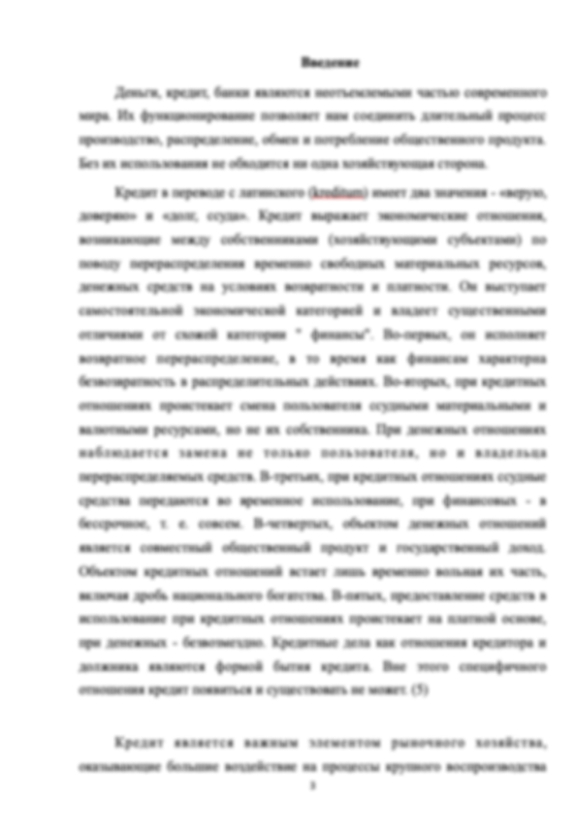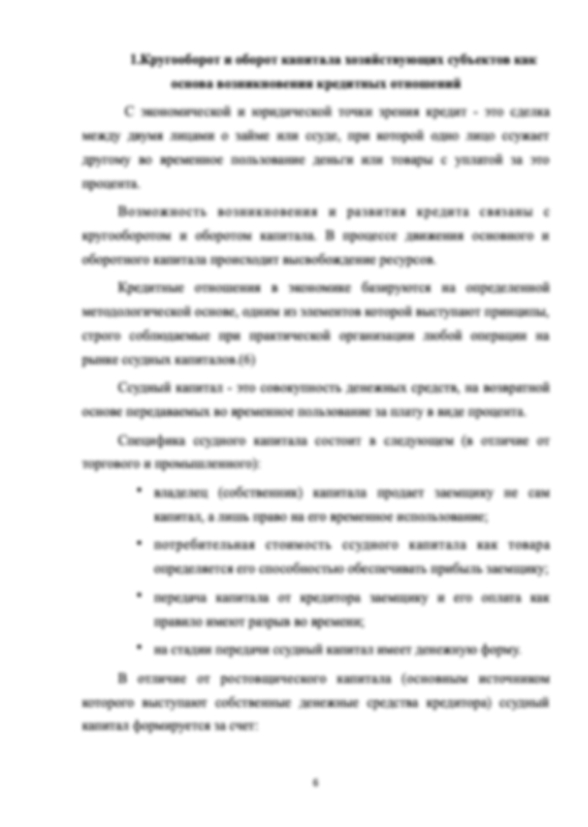Надеюсь продолжить работу с этим обязательным, пунктуальным, глубоко понимающим тему и специфику человеком.
Информация о работе
Подробнее о работе

DEVELOPING INTERCULTURAL COMMUNICATIVE COMPETENCE BY MEANS OF A TRAVELOG
- 65 страниц
- 2020 год
- 0 просмотров
- 0 покупок
Гарантия сервиса Автор24
Уникальность не ниже 50%
Фрагменты работ
INTRODUCTION
Nowadays the way people interact with each other is changing. Globalization broadens economic, political, social and cultural relations between countries. The Internet simplifies the ability to interact with representatives of different cultures. The number of intercultural networking is tremendously enhancing. People have to expand their communication skills. Therefore, the development of intercultural communicative competence (ICC) is currently considered as the essential one (Byram, 1997; Deardorf, 2006; Elizarova, 2005). The researches do not have a common opinion on the definition of ICC or its components. However, it is established that, in general, ICC is a person’s ability to effectively interact with representatives of different cultures in various contexts (Lustig & Koester, 2006; Samovar et al., 2014). Moreover, the main components of ICC are considered to be as follows: intercultural sensitivity, knowledge, motivation, skills, awareness, attitudes (Byram, 2008; Fantini, 2007; Chen and Starosta ,2000).
Many scholars studied the ICC development during learning a foreign language process. However, the lack of study of the influence of digital technologies on the ICC development process is identified. The aim of the current research is to examine
the influence of watching a travelog on the ICC development. The topicality of the current research is considered at the urgency of leveraging the process of the ICC development, adding digital technologies into the educational process.
The objective of the research is to determine the positive influence of watching travelogs on the ICC development. That is why, the research questions are as follows:
1) What are the precise criteria for assessing the level of the ICC development?
2) Can a travelog influence positively on the development of ICC?
5
3) Is it possible to develop ICC only by following travelogs?
That leads us to the hypothesis: intercultural communicative competence can be developed with the help of watching travelogs. The research consists of several parts: the introduction, literature review, methods, results, discussion, conclusion, and references. The practical value is incorporated in the need of the revision of the
approaches to the ICC development. In the present research qualitative methods are implemented. The chosen methods allow us to deeply evaluate the impact of travelogs on the ICC development, as well as to understand the attitude and opinion of the travelogs viewers.
Applying the intercultural approach and context analyses, five popular travel blogs were analyzed. In order to conduct the study, video travel blogs that scored the most views over the past year and posted on YouTube were selected. The investigated material is presented in two languages: English and Russian. The implemented analysis provides us with information about the vocabulary used, the possible emotions the author experienced. Then, the overall context of a video or article is observed. Moreover, precise attention is paid to highlighting the potential ethnocentric ideas. The blog analysis contributes to the creation of a series of tasks for developing intercultural communicative competence based on travelogs.
As a result of the research, we were able to prove the positive effect of travelogs on the ICC development. The results of the present investigation can be used to enhance the educational process and to include travelogs in foreign language programs. The results can also be applied for independent ICC development. The research also identified the requirement to continue the further investigation of the impact of digital technology on Intercultural Communicative Competence.
TABLE OF CONTENTS
INTRODUCTION
4
Literature Review
6
The Concept of Culture
6
Communicative Competence
8
Intercultural Communication
10
Intercultural Communicative Competence
14
Problems Connected with Developing Intercultural Communicative
Competence
26
A travelog as a tool to enhance ICC of university students
30
Methods
32
Results
40
The blog analysis
40
Summary of the Results
54
Discussion
56
Conclusion
58
References
60
Добрый день! Уважаемые студенты, Вашему вниманию представляется дипломная работа на тему: «DEVELOPING INTERCULTURAL COMMUNICATIVE COMPETENCE BY MEANS OF A TRAVELOG»
Оригинальность работы 95%
References
● Afanasyeva A. E. The structure and content of intercultural competence of high school students in teaching a foreign language // Young scientist. - 2017. - No.
11. - S. 440-442. - URL https://moluch.ru/archive/145/40593/ (accessed:
04.03.2020).
● Anderson, B. (2006). Imagined communities: Reflections on the origin and spread of nationalism.Verso books.
● Andrei Ptushkin. (2020, January 2). Bali and why everyone is obsessed with it.
The Big Version [Video]. Youtube.
https://www.youtube.com/watch?v=ZWls3Zt9C2M&t=349s
● Aneas, M. A., & Sandín, M. P. (2009, January). Intercultural and cross-cultural communication research: Some reflections about culture and qualitative methods. In Forum Qualitative Sozialforschung/Forum: Qualitative Social Research(Vol. 10, No. 1).
● Bluedorn, A. C. (1998). An interview with anthropologist Edward T. Hall. Journal of Management Inquiry,7(2), 109-115.
● Bondarevskaya, E. V. (1997). Humanistic paradigm of personality-oriented
education. Pedagogy,4,11-17.
● Byram, M., and A. Feng. "Culture and language learning: review article."
Language teaching37 (2004): 149-168.
● Byram, M. (1997). Teaching and assessing intercultural communicative competence: Multilingual Matters.
● Byram, M. (2008). From foreign language education to education for intercultural citizenship: Essays and reflections (Vol. 17). Multilingual Matters.
● Canale, M., & Swain, M. (1981). A Theoretical Framework for Communicative Competence.
60
● Chen, G. M., & Starosta, W. J. (2000). The development and validation of the intercultural sensitivity scale.
● Chun, D. M. (2011). Developing intercultural communicative competence through online exchanges. Calico journal,28(2), 392-419.
● Communication. (2020). Oxford Learner’s Dictionaries. Retrieved from https://www.oxfordlearnersdictionaries.com/definition/english/communication ?q=communication
● Devine, P. G. (1989). Stereotypes and prejudice: Their automatic and controlled components. Journal of personality and social psychology,56(1), 5.
● Dinges, N. (1983). Intercultural competence. Handbook of intercultural training: Issues in theory and design, 1, 176-202.
● Divert Living. (2018, October 9). First time in Philippines - First Impression of
Philippines [Video]. Youtube. https://www.youtube.com/watch?v=mD_eFV8Igr8
● Douglas, D. (2000). Assessing languages for specific purposes. Ernst Klett Sprachen.
● Draper, T. (2014). Psychology of Prejudice.
● Erikson, E. H. (1994). Identity and the life cycle.WW Norton & Company.
● Elizarova, G. V. (2005). Culture and teaching foreign languages. St. P.
● Fantini, A. E. (2007). Exploring and assessing intercultural competence.
● Fantini, A. E. (2009). Assessing intercultural competence. The SAGE handbook of intercultural competence,456-476.
● Fitzgerald, H. (2002). How different are we? Spoken discourse in intercultural communication. Clevedon: Multilingual Matters.
● Gardner, G. H. (1962). Cross cultural communication. The Journal of social psychology, 58(2), 241-256.
● Hall, E. T., & Hall, T. (1959). The silent language (Vol. 948). Anchor books.
● Hall, E. T. (1989). Beyond culture. Anchor.
61
● Hall, E. T. (2010). Edward T. Hall’s cultural iceberg model.
● Hymes, D. (1992). The concept of communicative competence revisited. Thirty years of linguistic evolution,31-57.
● Hofstede, G. (1991). Organizations and cultures: Software of the mind. McGrawHill, New York.
● Hofstede, G. (2009). Geert Hofstede cultural dimensions.
● Hofstede, G. (2011). Dimensionalizing cultures: The Hofstede model in context. Online readings in psychology and culture,2(1), 8.
● Jones, J. M., Dovidio, J. F., & Vietze, D. L. (2013). The psychology of diversity: Beyond prejudice and racism.John Wiley & Sons.
● Kasyo Hasanov (2018, September 13). Azerbaijani for the first time in
Azerbaijan. Part 1 [Video]. Youtube.
https://www.youtube.com/watch?v=gr5EsXAaYg8
● Kasyo Hasanov (2018, October 21). Azerbaijani for the first time in
Azerbaijan. Part 2 [Video]. Youtube.
https://www.youtube.com/watch?v=7uzjnx5-uTw
● Lustig, M.W., and J. Koester. (2006). Intercultural competence: Interpersonal
communication across cultures. 5th ed. Boston, MA: Pearson.
● Lustig, M. W., & Koester, J. (2010). Culture and Intercultural Communication. Chap,2,24-55.
● Koester, J., & Lustig, M. W. (2015). Intercultural communication competence:
Theory, measurement, and application. International journal of intercultural relations,48,20-21.
● Meyer, M. (1991). Developing transcultural competence: Case studies in advanced language learners. In D. Buttjes & M. Byram (Eds.), Mediating languages and cultures: Towards an Intercultural Theory of Foreign Language Education. (pp. 136-158). Clevedon, UK: Multilingual Matters.
62
● McCabe, A. E., & Brannon, L. A. (2004). An examination of racial subtypes versus subgroups. Current Research in Social Psychology,9(8), 109-23.
● Olson, C., & Kroeger, K. R. (2001). Global competency and intercultural sensitivity. Journal of studies in international education,5(2), 116-137.
● Porter, R. E., & Samovar, L. A. (1991). Basic principles of intercultural
communication. Intercultural communication: A reader,6,5-22.
● Samovar, L. A., Porter, R. E., McDaniel, E. R., & Roy, C. S. (2014). Intercultural communication: A reader.Cengage Learning.
● Savignon, S. J. (2018). Communicative competence. The TESOL encyclopedia of English language teaching,1-7.
● Schäffner, C. (2003). Translation and intercultural communication: Similarities and differences. Studies in Communication Sciences,3(2), 79-107.
● Stathers, K. (2008). Enlightenment through understanding. IB World, 52, 15-16.
● Pekerti, A. A., & Thomas, D. C. (2003). Communication in intercultural interaction: An empirical investigation of idiocentric and sociocentric communication styles. Journal of Cross-Cultural Psychology,34(2), 139-154.
● Perry & Southwell (2011). Developing intercultural understanding and skills: models and approaches, Intercultural Education, 22:6, 453-466
● Spitzberg, B. H. (2000). A model of intercultural communication competence. Intercultural communication: A reader,9,375-387.
● Ruben, B. D., & Kealey, D. J. (1979). Behavioral assessment of communication competency and the prediction of cross-cultural adaptation.
● Rudmin, F. W. (2003). " Critical history of the acculturation psychology of assimilation, separation, integration, and marginalization": Correction to Rudmin (2003).
63
● Rathje, Stefanie. (2007). Intercultural Competence: The Status and Future of a Controversial Concept. Language and Intercultural Communication. 7. 10.2167/laic285.0.
● Shuter, R. (2011). Introduction: New media across cultures—prospect and
promise. Journal of International and Intercultural Communication, 4(4), 241-245.
● Straffon, D. A. (2003). Assessing the intercultural sensitivity of high school
students attending an international school. International journal of intercultural relations,27(4), 487-501.
● Sumner W. G.(1906) Folkways: The Sociological Importance of Usages, Manners, Customs, Mores, and Morals. Ginn & Company, New York.
● Ter-Minasova S.G. Language and intercultural communication. M .: WORD / SLOVO, 2000.624 p.
● The Nomadic Movement (2019, June 18). SAN SALVADOR - they said to
NEVER COME HERE [Video]. Youtube. https://www.youtube.com/watch?v=ELuKH0wXfNc
● Thomas, H. (2003). The body, dance and cultural theory.Macmillan International Higher Education.
● Travelog. (2020). Oxford Learner’s Dictionaries. Retrieved from https://www.oxfordlearnersdictionaries.com/definition/english/travelogue
● Savignon, S. J. (2018). Communicative competence. The TESOL encyclopedia of English language teaching,1-7.
● Schenker, T. (2012). Intercultural competence and cultural learning through
telecollaboration. CALICO journal,29(3), 449-470.
● Spitzberg, B. H., & Cupach, W. R. (2003). What mad pursuit?: Obsessive
relational intrusion and stalking related phenomena. Aggression and violent behavior,8(4), 345-375.
64
● TUCKER M. F. Self-Awareness and Development Using the Overseas Assignment Inventory. In S. Fowler (Ed.) // Intercultural Sourcebook: Cross-Cultural Training Methods. Boston, MA : Intercultural Press, 1999.
● Van Ek, J. 1986. Objectives for Foreign Language Learning. Strasbourg: Council of Europe.
● Ware, Paige D., and Claire Kramsch. "Toward an intercultural stance: Teaching German and English through telecollaboration." The Modern Language Journal89.2 (2005): 190-205.
● Wiemann, J. M., Takai, J., Ota, H., Wiemann, M. O., & Kovacic, B. (1997). A
relational model of communication competence. Emerging theories of human communication,5.
● Yes, theory. (2019, November 10). Traveling to the Least Visited Country in
the World [Video]. Youtube. https://www.youtube.com/watch?v=ODuEl4oNae0&t=913s
Форма заказа новой работы
Не подошла эта работа?
Закажи новую работу, сделанную по твоим требованиям


